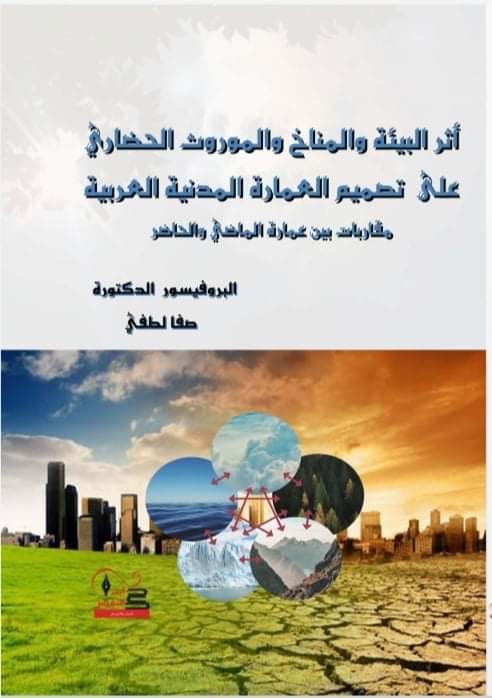
The Impact of the Environment, Climate and Cultural Heritage on the design of Arab Civil Architecture / Approaches between Architecture of the Past and the Present
Arabic architecture is considered as an extension of those brick buildings and green buildings in Sumer that have taken from the reeds as a basic material for them. It is also an extension of the ancient Mesopotamian buildings, especially the buildings of the kings of Babylon and Assyria, which are a link between the old and the new. It represents one of the characteristics of the eastern man in adapting and developing the old heritage to serve the goal and the new message.
So there is an effect similar to what we have known in the ancient Mesopotamian architecture of raw materials, vocabulary, and an architectural design that is almost a continuous chain that hardly releases from its knots. Thus, in light of this situation a question pops up: Why is this continued presence and recall of these civilizational vocabulary despite the change of intellectual ideologies in the past and present? Do the environment and climate in the Arabic region play a role in that? This is what the current book tries to answer. The readers of the book can read the following:
1. Introduction about the book.
2. Chapter One: The chapter talks about the following topics:
✓ The environment / its definition and relationship to humans.
✓ Environmental formats.
✓ Environment and ecosystem.
✓ Humans and their role in the environment.
✓ Human in facing of the environmental challenges.
✓ Elements of the environment.
✓ Aspects of the environment.
3. Chapter Two: The Nature of Climate in the Arabic World. The chapter explains in details the Climate Elements:
✓ The difference between climate and weather.
✓ Factors affecting the climate of the Arabic world.
4. Chapter Three: Arabic heritage houses.
The unique architectural styles and successful adaptation to the Arabic environment and climate.
5. Chapter Four: Metal doors and hammers in Arabic heritage houses and their symbolic connotations.
6. Chapter Five: Abstraction and its symbolic dimensions in the heritage vocabulary in the Arabic houses.
7. Chapter Six: The impact of the environment in the formulation of space organization in Arabic architecture.
8. Chapter Seven: Arabic architecture and wall designs between originality and modernity
2020-10-30 1873